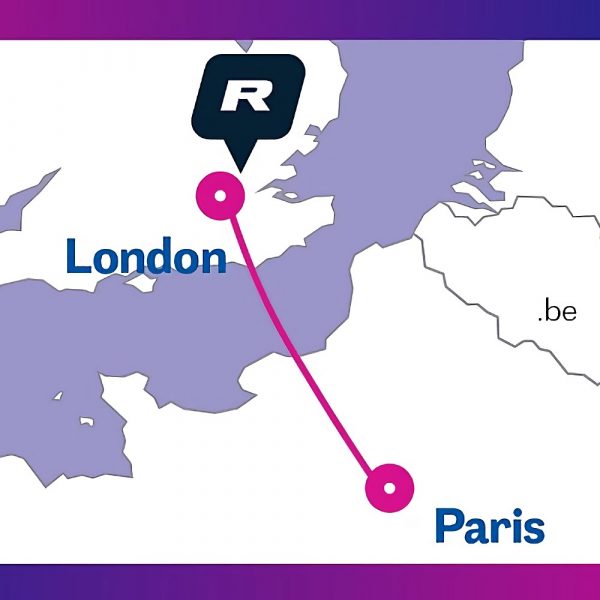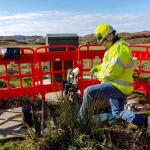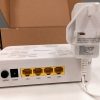RETN Launch New London to Paris Subsea Fibre Link

Network operator RETN has this week launched a new 550km long low latency network route between London and Paris (including a 149km submarine segment under the English Channel), which leverages the latest CrossChannel subsea cable – the first one to be built in almost 20 years.
Just to recap. The new CrossChannel cable, which is owned and operated by Crosslake Fibre, officially went live at the end of 2021. The cable, which contains 96 fibre pairs and is capable of supporting over 2,400Tbps (Terabits per second) of capacity, is designed to connect the Equinix LD4 datacentre in Slough, to Interxion PAR3 and Equinix PA7 in Paris (inc. extensions to various points-of-presence in both cities).
A number of network operators, such as euNetworks, are already harnessing this cable and RETN (Tier 2) is the latest to join.
Advertisement
Tony O’Sullivan, CEO at RETN, said:
“Our new network route between London and Paris marks a significant milestone for RETN and our customers. By offering a direct and unique connection between these two major European hubs, we provide businesses with increased flexibility, redundancy, and improved data security. This enhanced connectivity opens up a wealth of opportunities for companies looking to expand their operations in both cities and beyond.”
End.
Mark is a professional technology writer, IT consultant and computer engineer from Dorset (England), he also founded ISPreview in 1999 and enjoys analysing the latest telecoms and broadband developments. Find me on X (Twitter), Mastodon, Facebook, BlueSky, Threads.net and Linkedin.
« 48% of Low Income Pensioners Struggle to Pay Broadband Bills






















































So I have a question about how these cables terminate at multiple points. The question also isn’t specific to this cable either.
Is it passive where (for example) 48 of the fibre pairs are ‘slit’ to PAR 3 & PA7 using layer 1 solutions after landing in France (sort of like a ‘Y’), or does the whole cable go to a single location with a second cable going to an additional site using layer 2/3 whatever after termination (kind of like how a switch can to your router can ‘give you more ports’)?
Does anyone think bt would join this?
Directly? Don’t think so, they are present in eXchange points and then route via other operators like RETN, Level3, Telia aka Twelve99, HE.
149Km channel segment….where does it go from, Cornwall?
Brighton to Veules-les-roses. Straight line is 132 km, the extra will be for routing to avoid known obstacles such as wrecks, reefs and undersea infrastructure such the Rampion wind farm. They’ll have costed it out carefully, and it looks as though they’ve chosen a longer sea crossing in order to minimise the distances across land from London to the English coast and from the French coast to Paris. That makes sense when you think about the costs of digging, wayleaves, and the delays and uncertainties of dealing with landowners and public sector bodies.
Also, if they went for a Dover to Wissant route, there’s much greater density of shipping traffic (around 3x) that would delay and complicate undersea cable laying, and the distance on French soil to Paris is almost doubled.
RETN are not an acceptable network company. They host so many abusers I automatically block them if I see them,